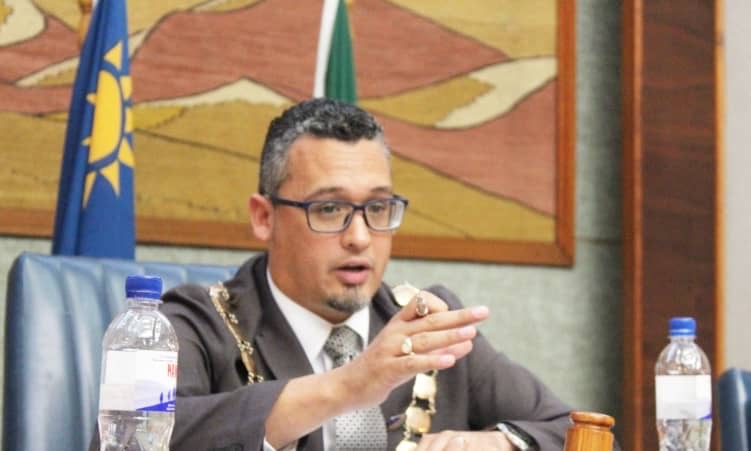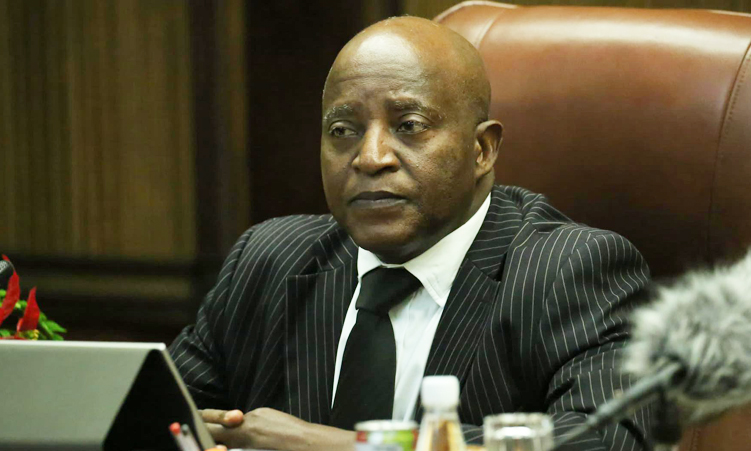LET me take the opportunity to commend the Namibian Government and NAMCOR for their decision to scrap the plan of a pipeline from Kudu Gasfield onshore.
The proposed supply of compressed natural gas (CNG) is a way to go ! The next step can now be to encourage Namibian vehicle owners to convert their petrol cars to run on CNG. This can save Namibians a lot of money that is normally leaving the country to import fossil fuels at ever rising rates from monopolised international structures.Kudugas is a Namibian resource that should be priced in Namibian Dollars to serve Namibian users.As such it will be a stable and relatively environmentally friendly source of energy for cars.The idea to again try for Baynes is also the least damaging out of the conventional arsenal of solutions to the energy crisis.The problem there is the availability of water, which – in case it rains sufficiently – can still be controlled from Angola’s Gove dam, giving the Angolans effectively control of the inflow to the Baynes’ basin.A second problem is the fact that any big central generation is vulnerable because of possible failure and loss in the power lines; to say nothing about the tremendous investment cost for the grid in general.A third problem is the long lead-time because after completing the dam, one will have to wait for many years before the basin is full and the water is actually driving the turbines.Namibia is blessed with tremendous resources in wind, solar (for Thermal large scale and Photovoltaic generation) and invader bush as well as possibly geothermal energy.The technology to harness these resources is mature and bankable.Other technologies such as Solar Pond, Green Tower, Wave Power etc.are still at an experimental stage.The safest will be to go for a programme to generate electricity from decentralised, renewable sources right there where the energy is needed.The good thing about these resources is that they are free of charge forever, meaning after investment, the electricity gets cheaper with time and prices can be guaranteed over long periods.We must introduce a tariff system that makes it economically viable for private capital to invest in decentralised renewable generation.This will bring the fundamental difference and secure long-term electricity supply for the entire country including the rural areas where development is most needed.Harald Schuett WindhoekThis can save Namibians a lot of money that is normally leaving the country to import fossil fuels at ever rising rates from monopolised international structures.Kudugas is a Namibian resource that should be priced in Namibian Dollars to serve Namibian users.As such it will be a stable and relatively environmentally friendly source of energy for cars.The idea to again try for Baynes is also the least damaging out of the conventional arsenal of solutions to the energy crisis.The problem there is the availability of water, which – in case it rains sufficiently – can still be controlled from Angola’s Gove dam, giving the Angolans effectively control of the inflow to the Baynes’ basin.A second problem is the fact that any big central generation is vulnerable because of possible failure and loss in the power lines; to say nothing about the tremendous investment cost for the grid in general.A third problem is the long lead-time because after completing the dam, one will have to wait for many years before the basin is full and the water is actually driving the turbines.Namibia is blessed with tremendous resources in wind, solar (for Thermal large scale and Photovoltaic generation) and invader bush as well as possibly geothermal energy.The technology to harness these resources is mature and bankable.Other technologies such as Solar Pond, Green Tower, Wave Power etc.are still at an experimental stage.The safest will be to go for a programme to generate electricity from decentralised, renewable sources right there where the energy is needed.The good thing about these resources is that they are free of charge forever, meaning after investment, the electricity gets cheaper with time and prices can be guaranteed over long periods.We must introduce a tariff system that makes it economically viable for private capital to invest in decentralised renewable generation.This will bring the fundamental difference and secure long-term electricity supply for the entire country including the rural areas where development is most needed.Harald Schuett Windhoek
Stay informed with The Namibian – your source for credible journalism. Get in-depth reporting and opinions for
only N$85 a month. Invest in journalism, invest in democracy –
Subscribe Now!










